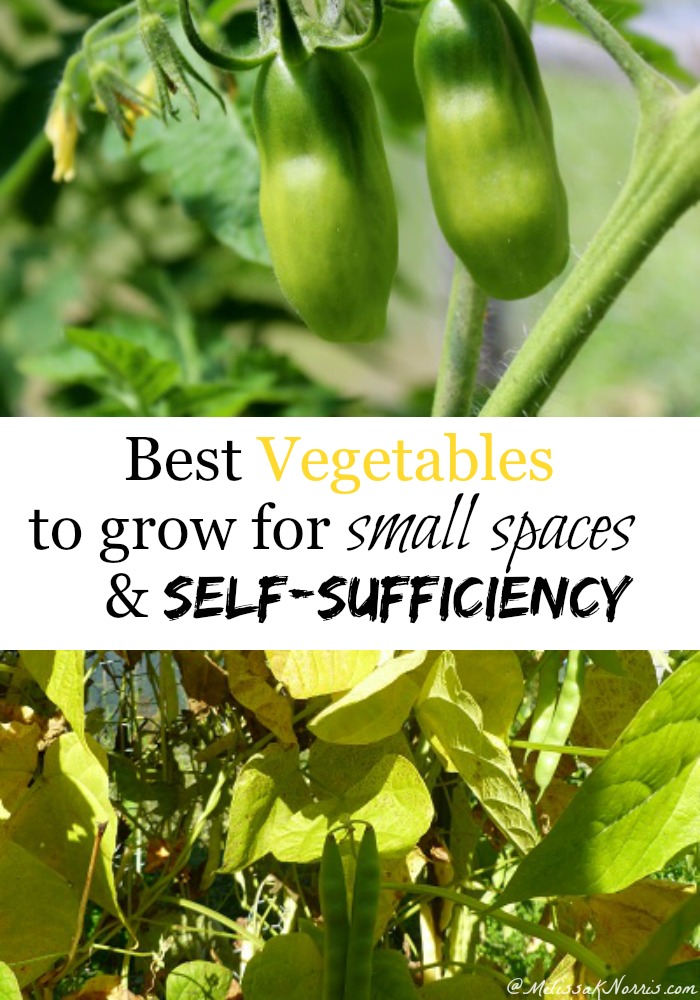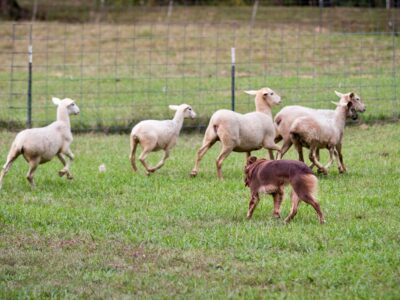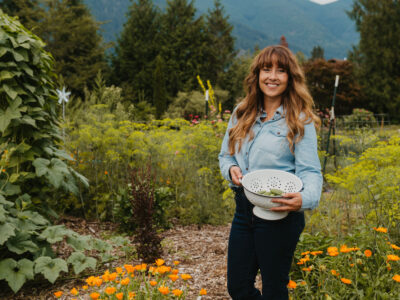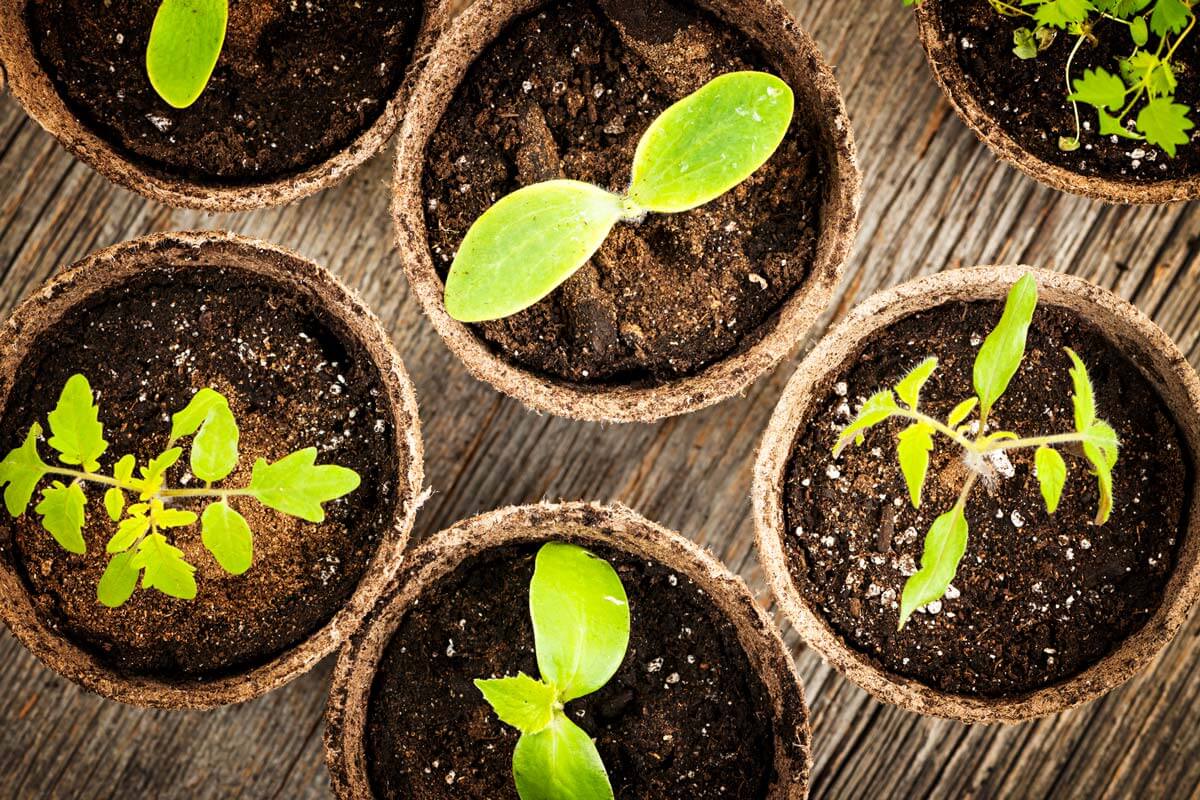How to grow your own food if you don't have a lot of space and the best plants to plant in regards to self-sufficiency and your own food supply.
If your garden space is limited, this is the number one thing to consider when planting.
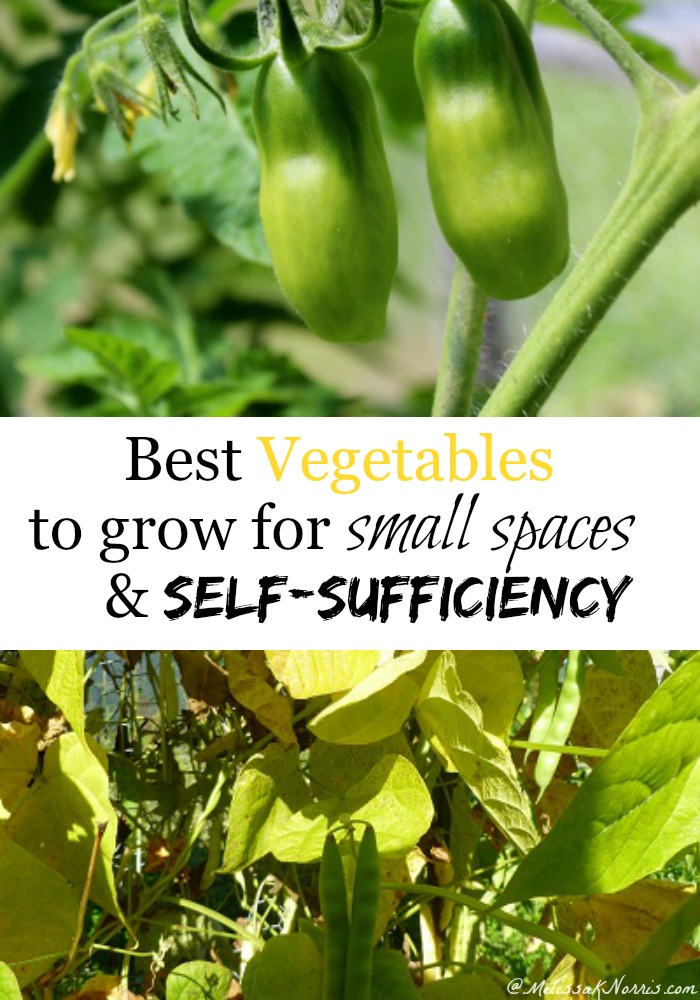
Look at how the amount of harvest you'll get from one plant. For example: lettuce will only produce one head, where as a bean plant will produce much more than one bean.
If I had to pick only one plant to plant I would pick an heirloom green pole bean for 3 specific reasons. (Ya knew the heirloom part already, but the rest of these are pretty important too).
3 Reasons Heirloom Green Pole Beans is the #1 Self-Sufficient Plant
For limited space you want to grow vertical plants in order to get more harvest.
A pole bean is a vining plant, meaning it needs something to climb up. If you don't give something for that plant to grow and climb up, it will remain stunted and you won't get as large of harvest or crop off of it.
I swear, in the spring after the bean plant has developed it's first set of true leaves, you'll see the little tendril or vine shoot out, as soon as you put up your trellis, pole, or support for it to climb, literally, you can watch it grow overnight.
You will get a larger harvest off of a pole bean plant than you will a bush bean. If you put them side by side (which I've done), per plant, I get at least three times as many beans off of a pole bean plant than I do a bush variety.
Beans are really great for your soil is because they help fix nitrogen back into your soil. If you don't have really soil or nitrogen depleting crops, the beans will help put nitrogen back into the ground.
My favorite trellis system right now has been the teepee system.
My third reason for the pole bean is because are pole beans can be used and harvested as a fresh green bean, a dried bean, and your seed source, all from one plant.
With two 12 foot rows or approximately 18 plants, we get enough beans to can 65 pints, a couple of gallons of dried beans for eating and seed for the following year. Always save enough seed for at least two years worth of planting.
Dried beans if stored in the dark, dry, and away from high temperatures, will remain viable for at least five years. Be sure to rotate your seed stock.
How to seed save when you have two kinds of beans growing together
Beans are self-pollinating for the most part, which means they don't cross pollinate with another. You can plant them and not worry about them cross-pollinating with other varieties, however, over time, they will begin to cross a little bit.
We plant each type of bean away from one another and seed save from the plants farthest apart from one another and aren't showing any signs of beginning to cross. If your neighbor is planting a different variety of bean, don't worry about.
However, if you're worried about them cross-pollinating being in the same garden, you can stagger plant. You plant one variety of bean first, about two weeks before the other variety. The very first beans that form are the ones you'll seed save, because they formed before the other variety has blossomed.
You can also use this method, the stagger method, with squash, which are cross-pollinating and require more work in order to seed save.
The second plant I'd pick is a tomato plant. Specifically an heirloom paste tomato. Tomatoes are so versatile in both the ways you can eat them and preserve.
Tomatoes can be grown in pots. I've had the best luck and the largest harvest by planting my tomatoes in the ground and deep, so their roots have plenty of room.
I usually plant 20 tomato plants. I always plant a paste tomato. Paste tomatoes are the best for making sauces and canning because they have more flesh and less water, so they don't take as much cooking down time.
Ways to Preserve Tomatoes
We grow all the ingredients in our salsa, 50 jars canned this year (except the vinegar)
Stewed tomatoes – can be made into sauce, put into stew, and soups
Tomato sauce – base for ketchup, spaghetti sauce, barbecue sauce, pizza sauce (here's how to make and can tomato sauce
Use green tomatoes for fried green tomatoes, green tomato pickles, grated green tomatoes in place of zucchini in bread, sun dried tomatoes (see why I say tomato as your second pick)
One other plant I'd add in if you're short on space is pepper plants. A few pepper plants are prolific, easy to seed save, and they're small enough to grow in pots.
Help for growing your own food in The Made-From-Scratch Life
- Create your own custom heirloom garden with planting and harvesting charts. Trouble shoot common gardening problems with natural solutions. Discover the many benefits of growing your own food, with solutions if you don’t have a large yard or any growing space.
Heirloom seed sources
Baker Creek Heirloom Seeds
Seeds for Generations -ran by a small family, who have also helped me on this website and other projects. I really love to support a single family and small operation.
Down to Earth Seeds
Anyone in your local area who saves seed
